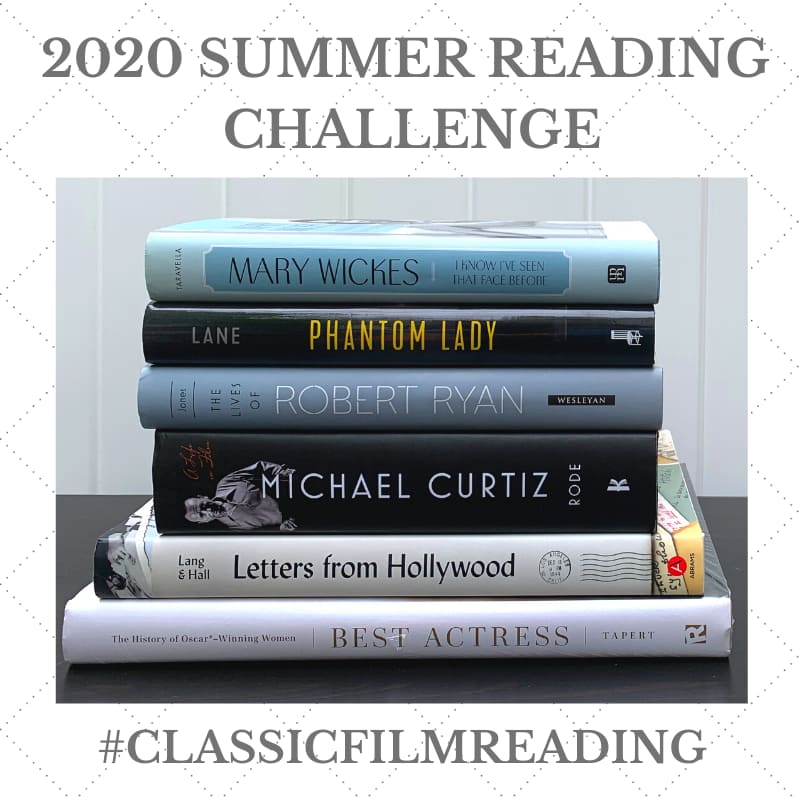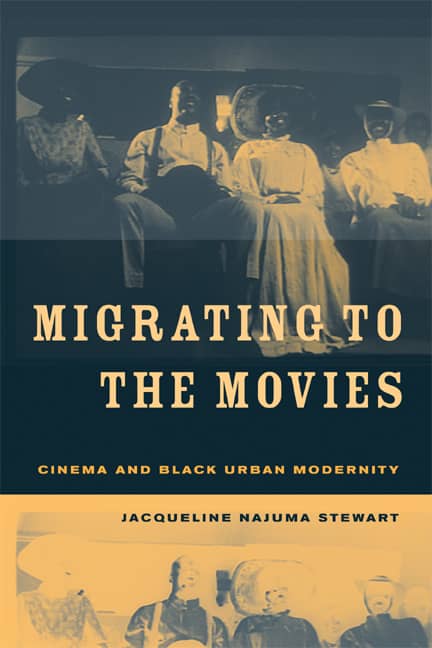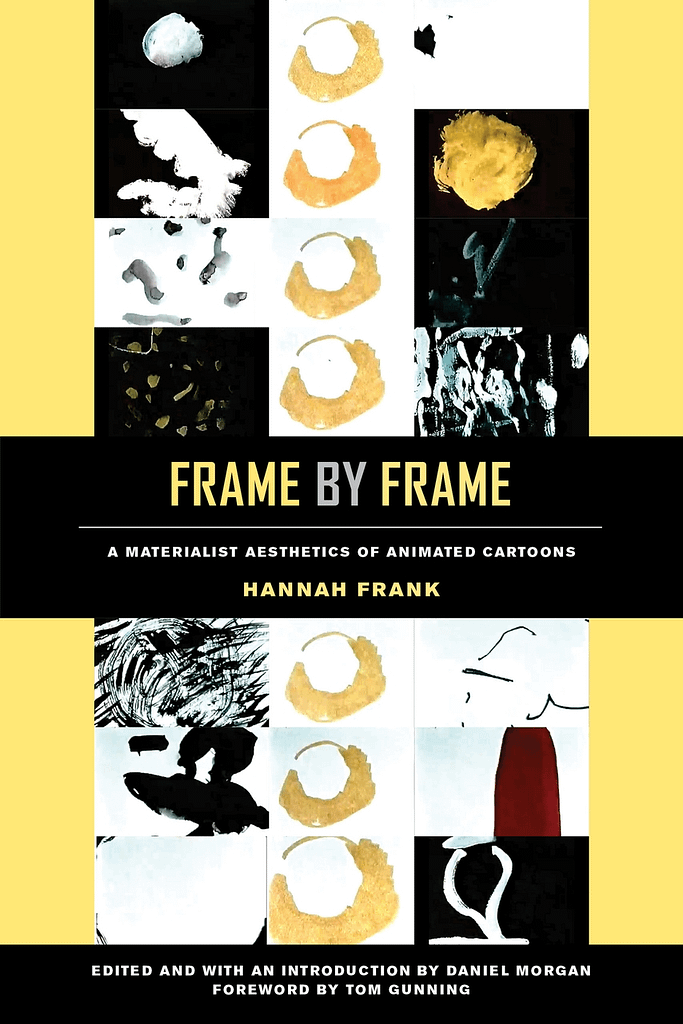
This summer I am participating in the 2020 Summer Classic Film Reading Challenge hosted by Raquel Stecher at her Out of the Past blog. In a world of quarantine and social distancing, this is the perfect time for finally getting around to classic film books lying on the shelf or delving into a new topic or part of film history. Previous summers I’ve focused specifically on working through the wonderful ten-volume History of the American Film History books. This summer I plan to branch out and learn more about specific corners of the classic film world including African American spectatorship, film technology, Hollywood silent emigres, and animation. Here are the books on my summer reading list:

Migrating to the Movies: Cinema and Black Urban Modernity by Jacqueline Najuma Stewart
This book popped on my radar after seeing several African American-directed silent and sound films in Kino Lorber’s Pioneers of African American Cinema collection on the Criterion Channel. These films challenged my own preconceived notions of African Americans’ and other marginalized groups’ place in early film history and has motivated me to learn more. Stewart, responsible for curating the Pioneers of African American Cinema, explores such films in the book while also examining how African Americans interacted with various depictions of themselves onscreen. I’ve enjoyed Stewart’s insights as TCM’s Silent Sunday Nights host and am looking forward to reading some of her academic writing.

Frame by Frame: A Materialist Aesthetics of Animated Cartoons by Hannah Frank
Taking advantage of the family’s Disney+ subscription, I’ve started exploring the vast collection of Disney animated short cartoons from the classic period. This recent exploration of Disney animation has motivated me to watch other early animated works and learn more about the technological and artistic process behind creating these works. Frank’s methodic examination of animated films frame by frame from the genre’s golden era between 1920 and 1960 and focus on animation’s labor-intensive and technological aspects should be a great place for me to start.

The Art of Film Projection: A Beginner’s Guide
The George Eastman Museum is one of the premier centers of film preservation and conservation in the world. Having restored numerous films and holding many more in their vast collection, they also have one of the world’s only Film Preservation Masters Degree programs. The Museum has taken years of experience from its faculty and students to craft a beginner’s guide to film projection. Being interested in film preservation and exhibition, I’m excited to read this guide to learn the proper techniques of film projection which are becoming less and less commonplace in a film world that is becoming more and more digital.

Herr Lubitsch Comes to Hollywood: German and American Film after World War I by Kristin Thompson
Having loved many of Lubitsch’s Hollywood films such as Lady Windemere’s Fan, The Love Parade, and To Be Or Not To Be, I’ve become interested in viewing more of his silent German productions. This has also coincided with my research for my recent European Silent Cinema Project. Thompson’s book examines not only Lubitsch’s films and artistic styles but also the films of the time period in Germany and the United States. I’m excited to learn more about the influence of German emigres on Hollywood’s style in the silent period while also watching more of Lubitsch earlier and lesser-known films.

Film Music: A History by James Wierzbicki
There is nothing worse than sitting down to watch a silent film only to find out that there is no musical score attached. As a silent film fan, I’ve become aware of the power and sway that a film’s score, whether it be a silent or a talkie, can have on not only the viewing experience but also on how we as the audience interpret and react to what is on screen. In this book, Wierzbicki starts in the silent era exploring silent film accompaniment practices and the early experiments with sound films and works his way to the present. I look forward to learning how various technological, social, and economic trends affected the practice of film music throughout the history of the film industry.

Lois Weber in Early Hollywood by Shelley Stamp
While binging the several films from Kino Lorber’s Pioneers: First Women Filmmakers’ box set currently streaming on Netflix earlier this summer, I realized there were a lot of silent era women filmmakers whose work I had not seen or that I didn’t even know existed! To learn more about the work of various women in early Hollywood, I thought it’d be best to start off with one of the most well-known and renowned filmmakers Lois Weber. I came across this particular biography of Lois Weber after attending an online Q&A hosted by Retroformat Silent films with the book’s author, Shelley Stamp (the full interview is still available on YouTube).
Feel free to share your own #classicfilmreadings! Check back here for my reviews of these books throughout the summer. Happy reading!



